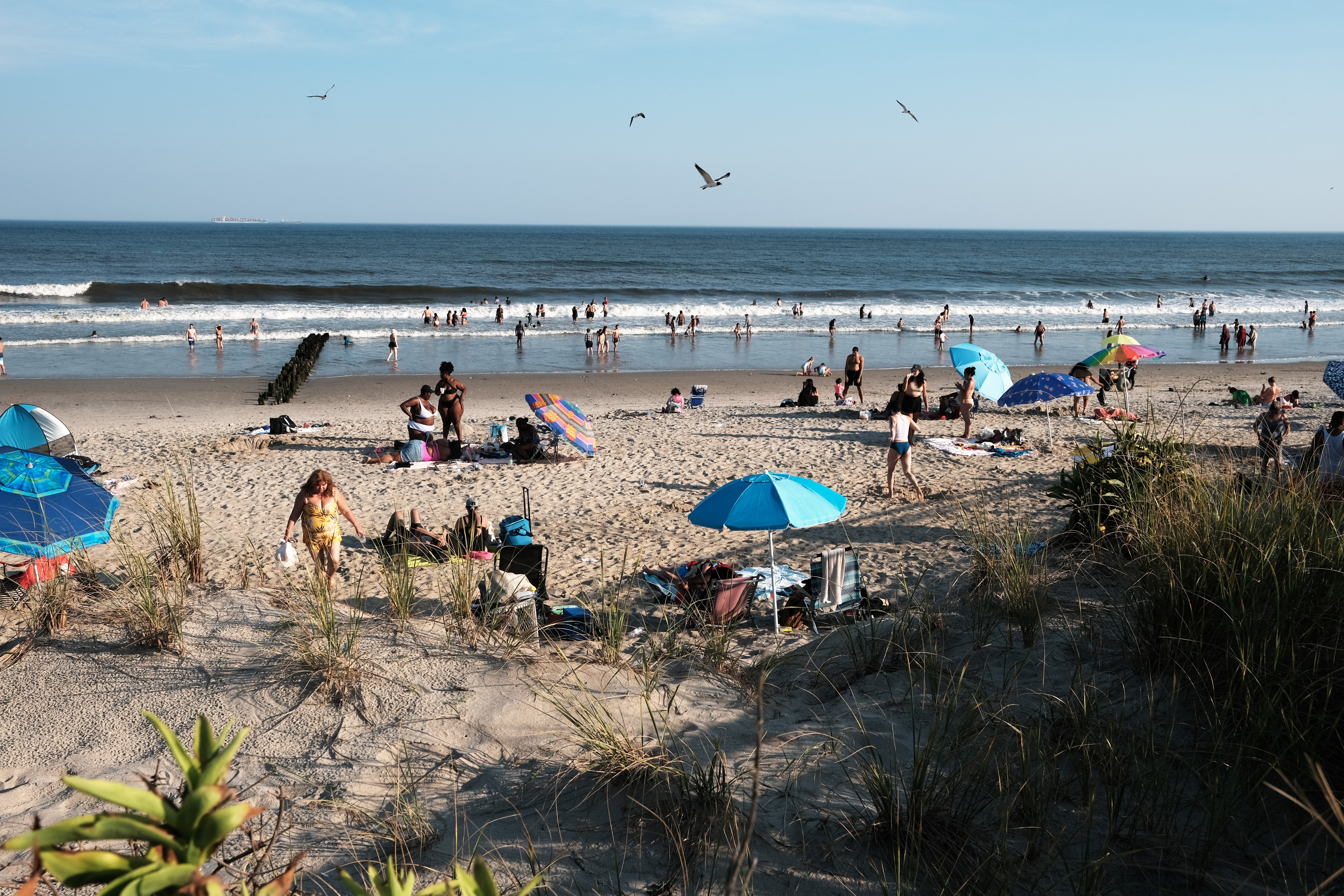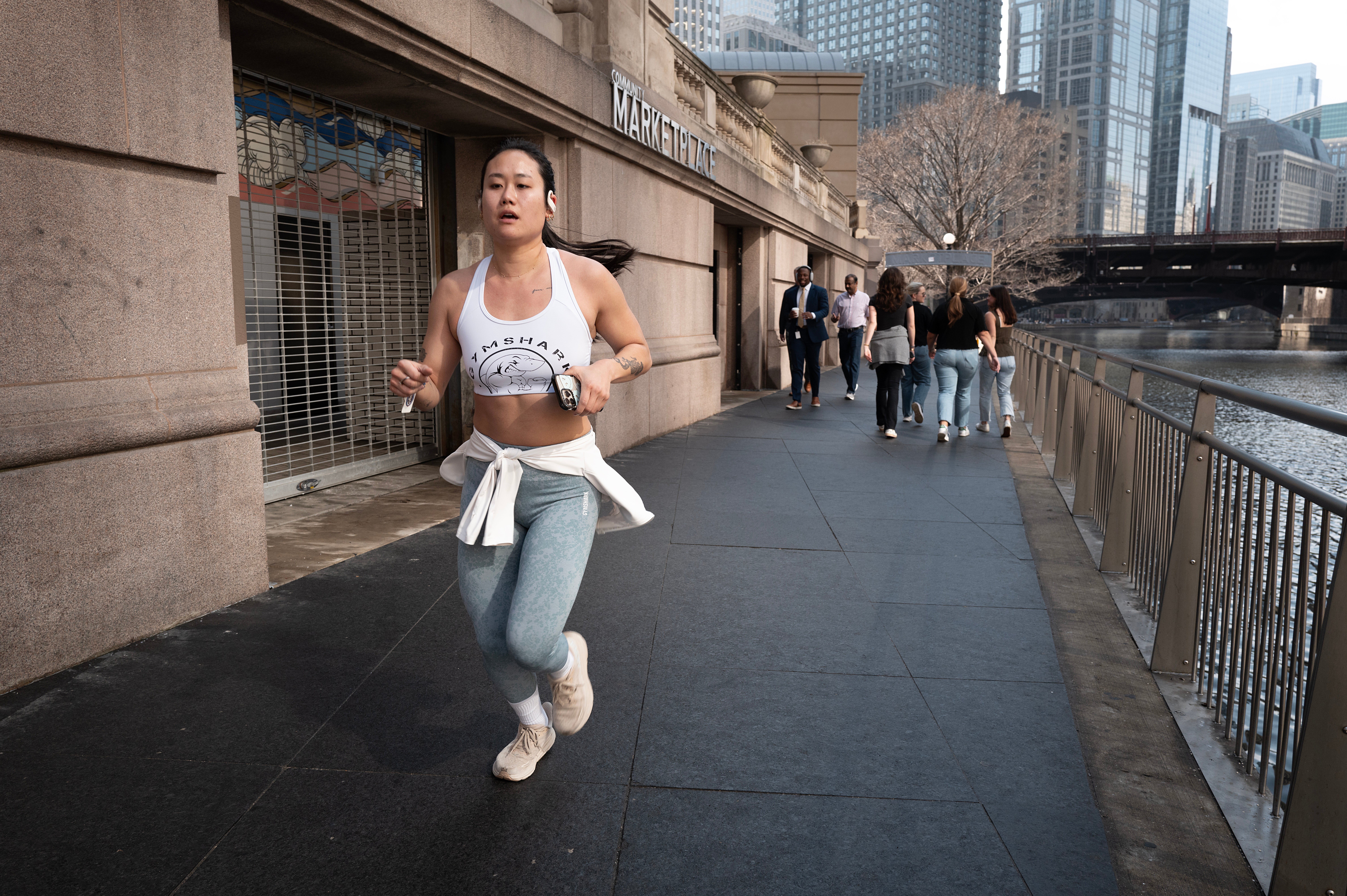Climate change is affecting how much time people spend outside - and its coming for southern porch season
Researchers say that days spent pleasantly outdoors will decrease across southern states by the end of the century
In an increasingly warming world, Americans living across the southern states are expected to see a decrease in the number of days they can happily spend outdoors each year.
Climate change is having a major impact on the world, and that includes global temperatures. That has led to warm days deeper in the year in some US regions, allowing more outdoor activities - or remaining too hot in others to pleasantly be outside. Now, researchers have been able to quantify which regions are seeing a change in the number of “outdoor days.”
Outdoor days were defined as those with temperatures ranging between 50 degrees and 77 degrees. This temperature range is known as the “thermoneutral zone,” in which the human body does not need to shiver or sweat.
In the Southeast, and especially Florida, residents are expected to face an average loss of 23 percent of these “outdoor days” toward the end of the century, according to research shared by the Massachusetts Institute of Technology on Tuesday.
“It seems like climate change is going to have a significant impact on the Southeast in terms of reducing the number of outdoor days,” professor of civil and environmental engineering Elfatih Eltahir, a co-author of the paper, said in a statement. The work was published earlier this month in the journal Geophysical Research Letters.
That effect, he said, brings “implications for the quality of life of the population, and also for the attractiveness of tourism and for people who want to retire there.”

Relatively large drops of a 19 percent decrease in outdoor days are also projected in the South and Ohio Valley. Whereas the Northwest should see a slight increase of about 14 percent more days. Researchers compared their findings to previous records taken between 1976 and 2005.
To reach these conclusions, postdoctoral associate Yeon-Woo Choi, postdoctoral researcher Muhammad Khalifa, and Eltahir, looked at two different climate scenarios. One is a “worst case” scenario, with little being done to fight climate change. In the other, maximum efforts are made to curb global emissions of greenhouse gases.
They applied these scenarios to all 32 available global climate models, although the authors note the real future may lie somewhere in between the two.
They examined the difference in temperatures and climate conditions over multiple ranges of decades, finding some slight differences in the number of outdoor days between the years from 1961 to 1990 and the period between 1991 and 2020. Then, they compared the most recent 30 years with the last 30 years of this century, finding the strongest effects in the modeling in southeastern states.

While a loss in outdoor days might affect when residents go for a run or play organized sports, it also could have a greater impact on regional tourism. In Florida, the top destination for domestic tourism, travelers spent a record $124.9 billion in the state. On average, visitors contribute a whopping $333 million a day to Florida’s economy.
The authors compared tourism data from the National Park Service with differences in climate conditions.
“Accounting for seasonal variations, we find a clear connection between the number of outdoor days and the number of tourist visits in the United States,” Choi said.
In other parts of the country, there will be little change in the total number of outdoor days. But, when they occur could be altered. For many, these days currently occur in the summer, but that’s expected to shift toward spring and fall.
Eltahir said that “what we are talking about that will happen in the future [for most of the country] is already happening in Florida.” There, the “really enjoyable time of year is in the spring and fall, and summer is not the best time of year.”
Join our commenting forum
Join thought-provoking conversations, follow other Independent readers and see their replies
Comments
Bookmark popover
Removed from bookmarks